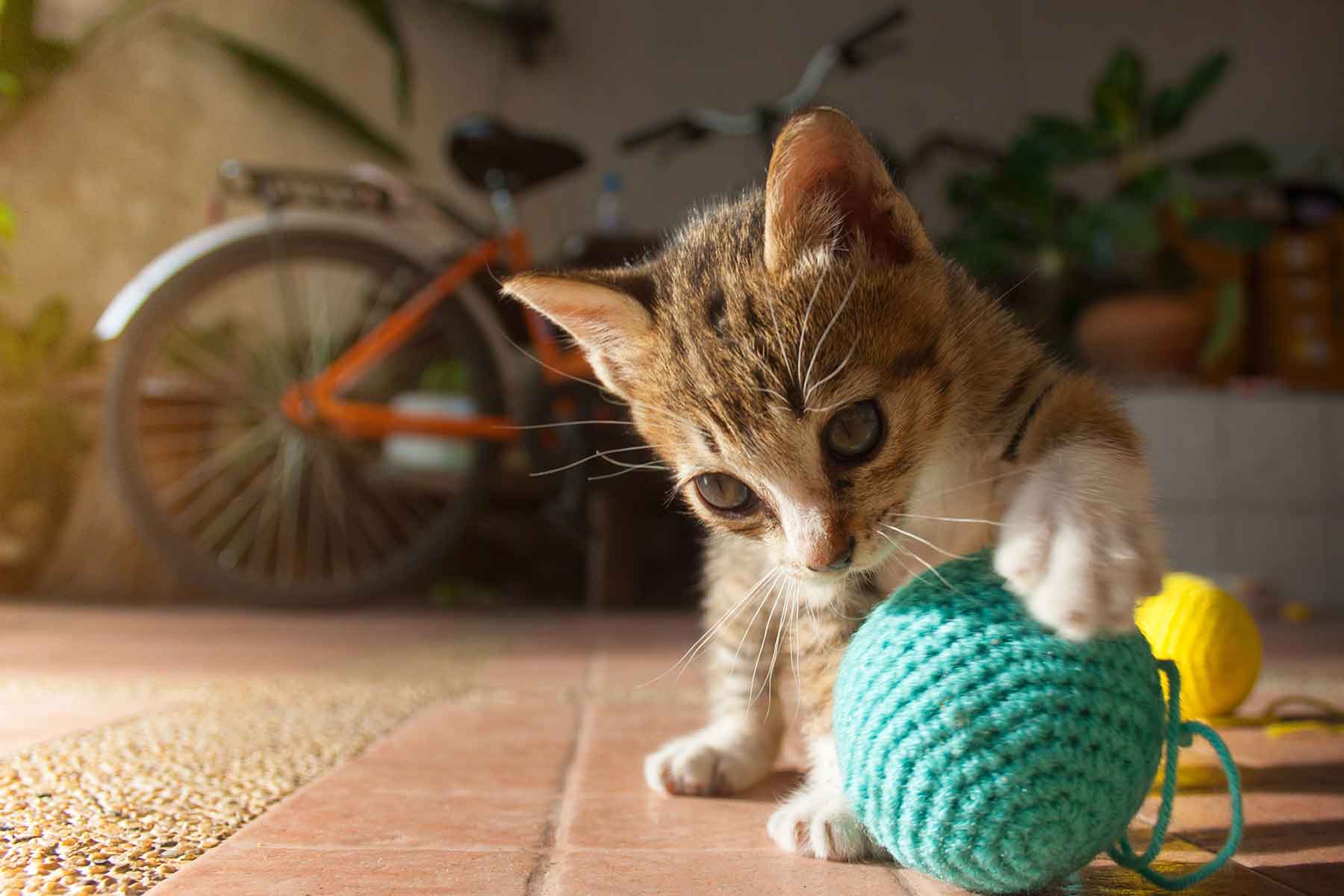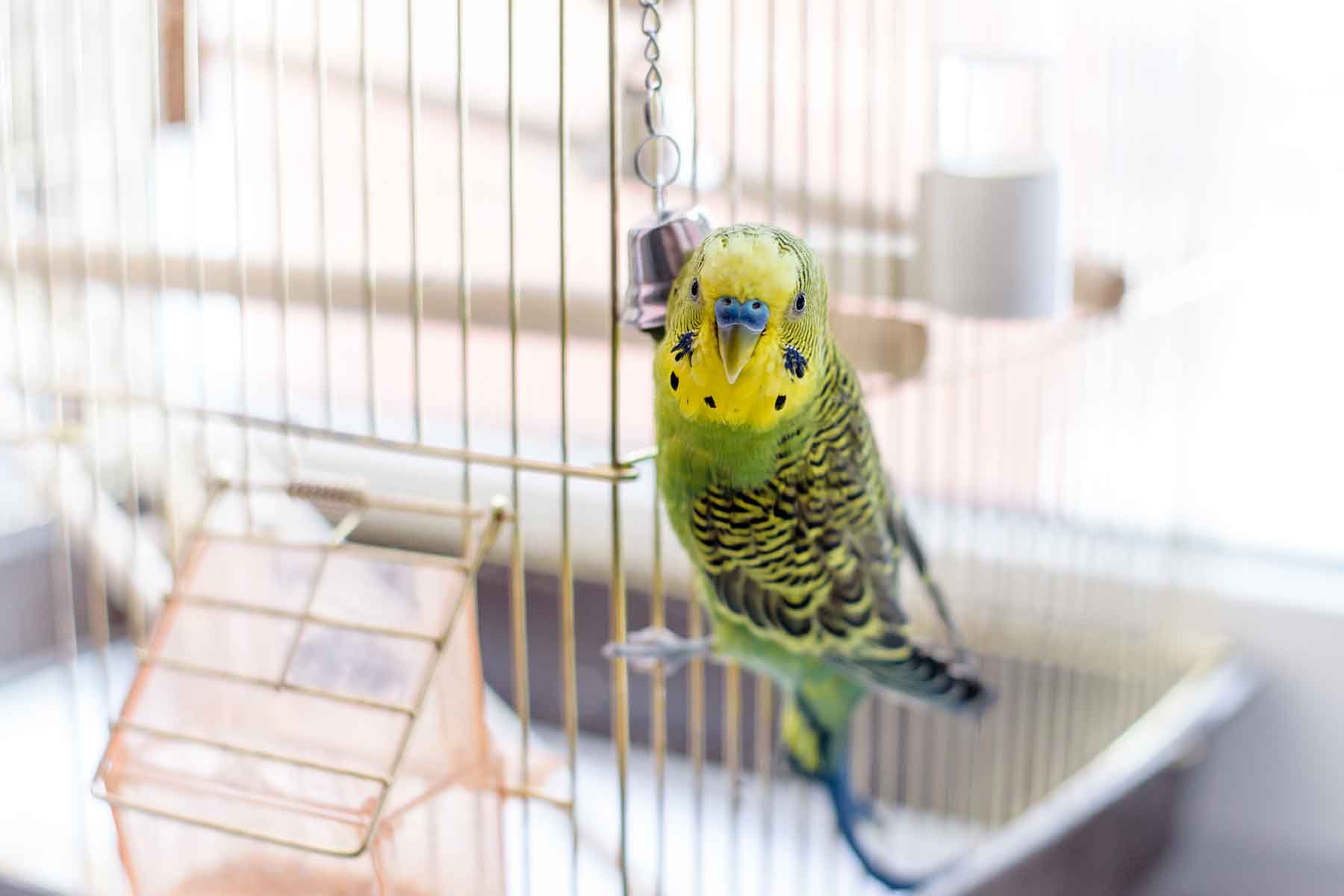The Sphynx is a unique breed, known for their hairless characteristic. Europe cat breeders have been creating the Sphynx breed since the early 1960s. Today’s Sphynx was bred from hairless cats that created from a mutation in Canada in 1966.
Appearance
Although known to be hairless, the Sphynx in fact has a coat but it is very short and the texture appears to be almost suede-like or chamois leather-like. They have a slender but sturdy and heavy body with distinct triangular shape ears, wrinkly skin on their forehead and a long and narrow tail. Some Sphynxes may not or have very few whiskers.
Their body is warm to touch but being hairless, the Sphynx still needs to be kept warm by wearing clothing specifically designed for this breed and/or by cuddling up against other animals and people.
The Sphynx will make an ideal companion for people with allergies to cat hair (but won’t help with normal cat allergies which are caused by a protein in a cat’s saliva).
Temperament
The Sphynx has an extroverted, intelligent, curious and affectionate nature. They love being with people and other pets so a lively household will make these busy bodies a perfect home.
Grooming
Unlike dogs and other cats, the Sphynx does not need to pant to keep cool. Instead, they have sweat glands and this means they will have skin secretions that discolour their skin. They will need bathing from time to time to keep their coat healthy.
Health concern
For the latest research in breed-related problems in Sphynxes, visit the University of Sydney’s LIDA (Listing of Inherited Disorders in Animals) website.











